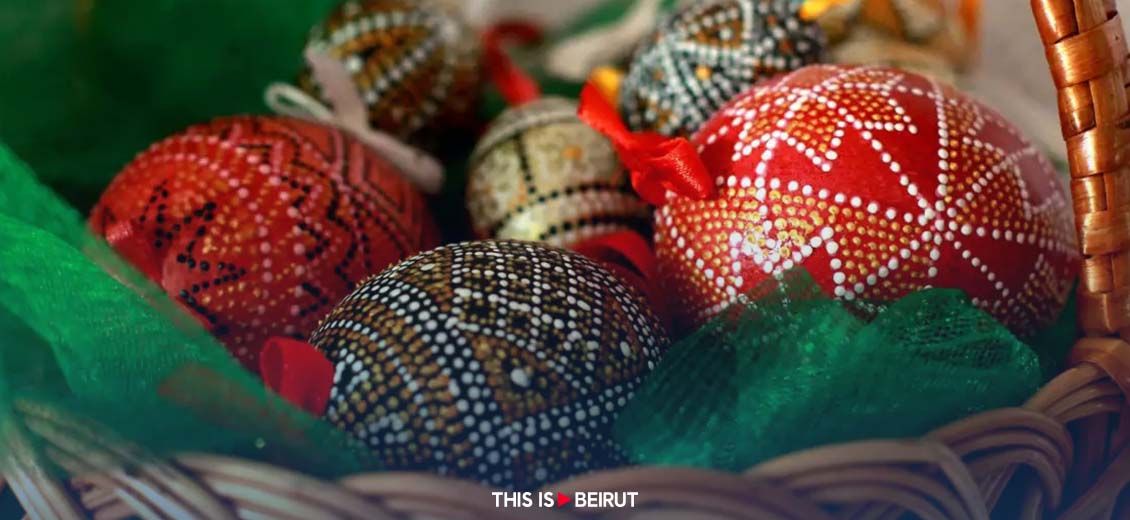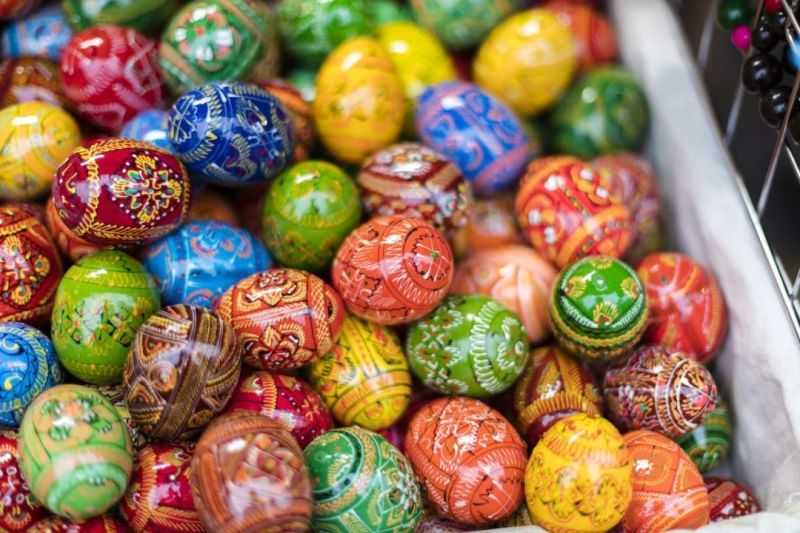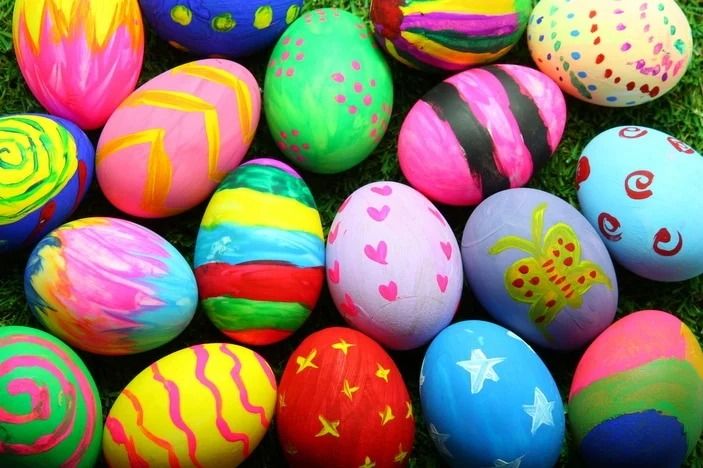
In the heart of spring, when nature is reborn, an ancient and universal tradition resurfaces to enchant both young and old: the coloring of Easter eggs. Journey through history and cultures.
Like a golden thread woven through the ages, the custom of decorating eggs at Easter connects us to ancient civilizations. Persians, Egyptians, Gauls and Hebrews already exchanged these precious symbols of life and renewal. The egg, with its perfection and mystery, has always fascinated humanity. Like a promise of the future nestled in a fragile shell, it embodies the eternal rebirth of nature.

With the rise of Christianity, this pagan tradition merged into the celebration of Christ’s resurrection. The Easter egg became the emblem of the empty tomb, a silent witness to the miracle of life triumphing over death. Thus, over the centuries, the Easter festival has woven an unbreakable link between ancient beliefs and the Christian faith, uniting peoples in a common quest for meaning.
In the Middle Ages, as the Church forbade the consumption of eggs during Lent, the faithful competed in creativity to preserve and embellish them. Dyed in blood red and adorned with elaborate motifs, these ephemeral art pieces told the story of the Passion. Gradually, the color palette expanded, giving birth to true jewels like the famous Fabergé eggs, commissioned by the Russian tsars.

Today, from France to Ukraine, through Germany and the United States, the tradition continues in various forms. Whether brought by Easter bells, hidden by a mischievous rabbit, or laid by generous hens, decorated eggs continue to amaze children. Treasure hunts, games and tastings punctuate this moment of family sharing, where art and indulgence joyfully mingle.
In this grand spring ballet, each culture brings its unique touch. In Ukraine, Easter eggs, called “pysanky,” are true works of art. Decorated with geometric and symbolic motifs made of wax with a goldsmith’s precision, they tell ancestral stories. In Poland, the tradition of “pysanky” leads to contests where the most beautiful eggs are awarded. Here, an entire community gathers around a living heritage.
Because coloring Easter eggs is much more than a simple pastime. It’s a ritual that unites generations, transmits precious know-how, and revives the sense of belonging to a community. When the hands of the young and old come together to create fragile masterpieces, it’s the whole history of humanity that is invited to the Easter table.

And what about the overflowing creativity expressed in contemporary decorations? From painted wooden eggs to shells transformed into whimsical characters, to edible versions in chocolate or sugar, imagination knows no bounds. Each year brings its share of surprises and innovations, proving that this millennial tradition is still very much alive.
Beyond the festive and creative aspect, coloring Easter eggs carries a profound message. In a world often divided, where differences can seem insurmountable, this custom reminds us of what unites us. Beyond borders and beliefs, we all share this desire to celebrate life, to pass on a legacy and to create beauty.
So, whether you’re a fan of chocolate eggs, delicate paintings, or sparkling mosaics, let yourself be carried away by the timeless magic of this tradition. By celebrating renewal and life, perpetuating this millennial heritage, we weave in our turn the link that unites past, present and future. Easter eggs, in their infinite diversity, are the mirror of our humanity: fragile and precious, constantly reborn.
Happy Easter to all, and let the egg hunt begin!
Read more




Comments